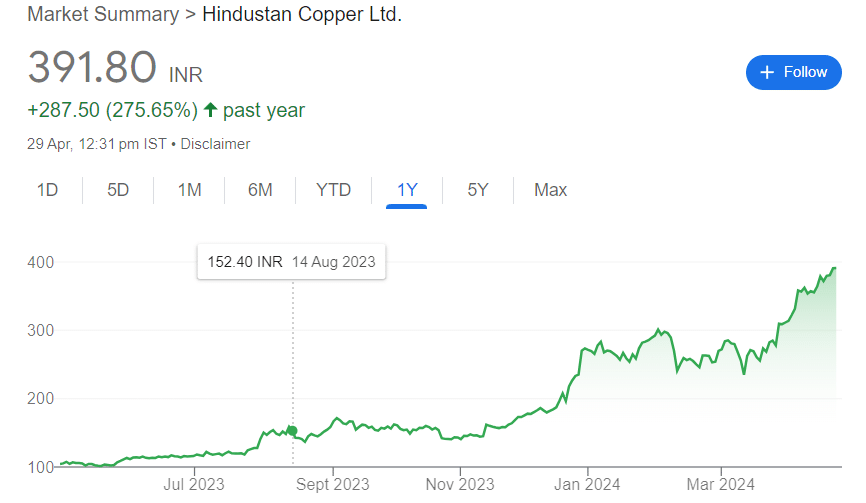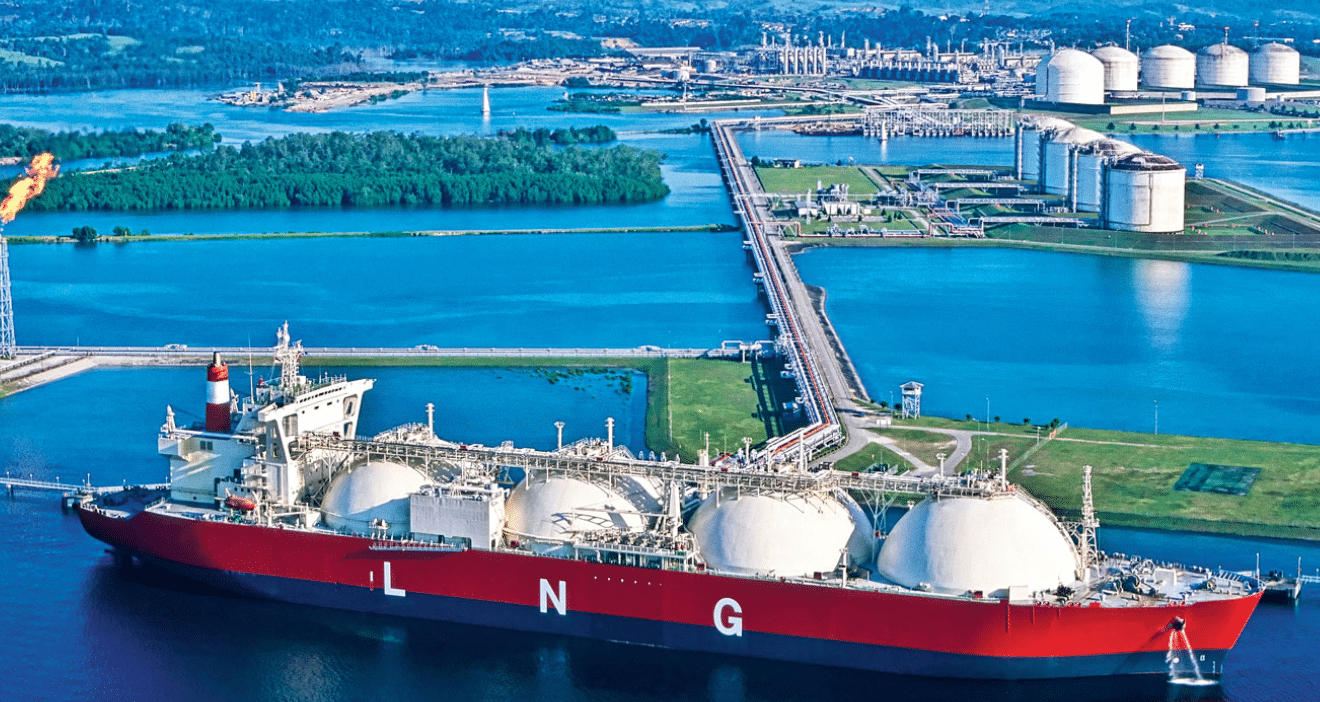Bajaj Auto Share Price Target Tomorrow: Wondering about Bajaj Auto Share Price Target Tomorrow? Learn how historical data and technical analysis can help predict future prices, ensuring profitable trading decisions.
Table of Contents
Introduction: Bajaj Auto Share Price Target Tomorrow
In the volatile world of stock trading, predicting tomorrow’s share price for companies like Bajaj Auto can significantly impact investment decisions. By leveraging historical data and technical analysis, traders aim to estimate potential price movements, aligning their strategies with market trends and momentum. Bajaj auto share price analysis can help you in this regard.
Understanding Historical Data
Before diving into tomorrow’s price target, it’s crucial to grasp the significance of historical data. Simple Moving Average (SMA), Exponential Moving Average (EMA), and Pivot data offer valuable insights into past price trends, enabling traders to identify patterns and anticipate future movements effectively.
Using Resistance and Support Levels
loading widget to trade BAJAJ-AUTO
Resistance and support levels serve as key indicators for traders, delineating price ranges where significant buying or selling pressure is expected. By analyzing these levels, traders can gauge potential price targets for Bajaj Auto shares, guiding their trading decisions accordingly.
Leveraging Momentum for Trading
Successful trading often hinges on capitalizing on market momentum. By identifying trends and aligning trades with prevailing momentum, traders can enhance the probability of profitable outcomes. Tomorrow’s price target for Bajaj Auto shares can be estimated by riding on the momentum created by significant price movements.
Analyzing Price Movements
While historical data provides valuable insights, external factors such as news and market sentiment can also influence price movements. Despite the challenges of predicting exact prices, traders can mitigate risks by staying informed about relevant news and its potential impact on Bajaj Auto’s share price.
Factors Affecting Bajaj Auto Share Price Target
Various factors contribute to the fluctuation of Bajaj Auto’s share price, including industry trends, economic indicators, and company performance. By monitoring these factors and their interplay, traders can better anticipate future price movements, refining their trading strategies accordingly.
Implementing Technical Analysis
Technical analysis offers a systematic approach to forecasting share prices, utilizing tools such as charts and indicators to identify patterns and trends. By applying technical analysis techniques, traders can make informed predictions about tomorrow’s price target for Bajaj Auto shares.
Applying Fundamental Analysis
In addition to technical analysis, fundamental factors such as earnings reports, market position, and competitive landscape play a crucial role in shaping share prices. Integrating fundamental analysis into trading strategies enhances the accuracy of price predictions, providing a comprehensive outlook for investors.
Long-term Investment Perspective
While short-term price predictions are valuable for traders, long-term investors should adopt a broader perspective. By focusing on fundamental factors and the company’s growth potential, long-term investors can make informed decisions, irrespective of short-term price fluctuations.
Conclusion: Bajaj Auto Share Price Target Tomorrow
In conclusion, predicting tomorrow’s share price for Bajaj Auto involves a combination of historical data analysis, technical expertise, and market awareness. By leveraging these insights and staying informed about relevant factors, traders can navigate the complexities of stock trading with confidence, maximizing their investment returns.
also read: Bajaj Auto (BAJAJ-AUTO) Forecast & Share price
Disclaimer:
The information provided in this article is for educational and informational purposes only. It does not constitute financial advice, investment recommendations, or trading strategies. Trading in the stock market involves inherent risks, including the risk of financial loss. Past performance is not indicative of future results.










